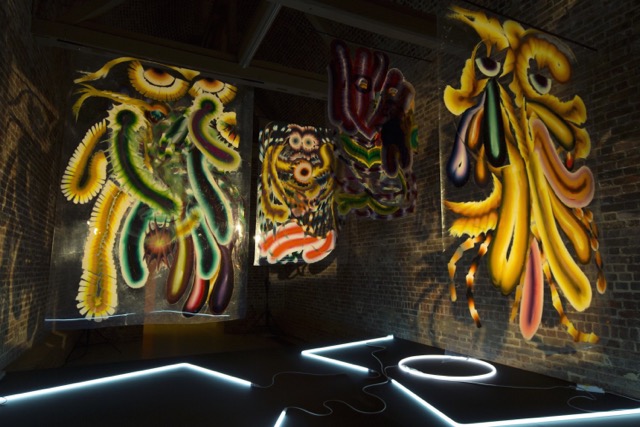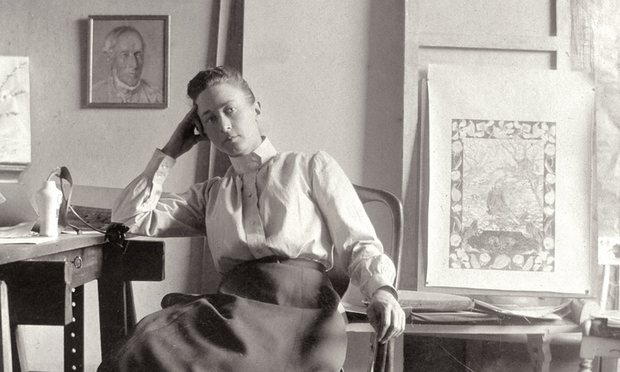This exhibition is currently being shown at the Serpentine Sackler Gallery, and is the first major show comprising work by Kerstin Brätsch and Adele Röder in a UK public institution.They have worked collaboratively as DAS INSTITUT since 2007, and come from New York and London respectively.The exhibition presents pieces both their collaboration, as well as their own individual practices.

At the time of viewing this exhibition, I had just seen the Hilda af Klint show at the Serpentine. So didn’t know quite what to expect, however was pleasantly surprised! The work presented by both artists in the show attempts to communicate the inexpressible but intuitive, irrational element of human experience and relationships.Through the works of Brätsch it is evident in the way, she uses painting to question how the body can be expressed – psychologically, physically and socially. Meanwhile Röder, searches for basic symbolic forms to create a non-verbal language utilising clothing, posture and light.
I really enjoyed the exhibition, because it was the complete opposite to the work of af Klint, while sharing the same nature of inexplicability.
DAS INSTITUT primarily focuses on the transformative properties and effects of light on bodies and spaces; and it was demonstrated with the idea of their own physical presence with the visibility of silhouettes and photographs – which are incorporated into some of the works, such as “Am Sonntag Series” (2014) and “Dark Codex” (2015).
